May 16, 2025 | 04:42 GMT +7
May 16, 2025 | 04:42 GMT +7
Hotline: 0913.378.918
May 16, 2025 | 04:42 GMT +7
Hotline: 0913.378.918
On November 18, Begonia (Begonia laxiflora), a member of the Begoniaceae family, was identified in the evergreen forest area of the Dakrong Nature Reserve in Quang Tri province. This discovery is the result of an investigation into the reserve's flora and endangered species, conducted from December 2023 to June 2024.
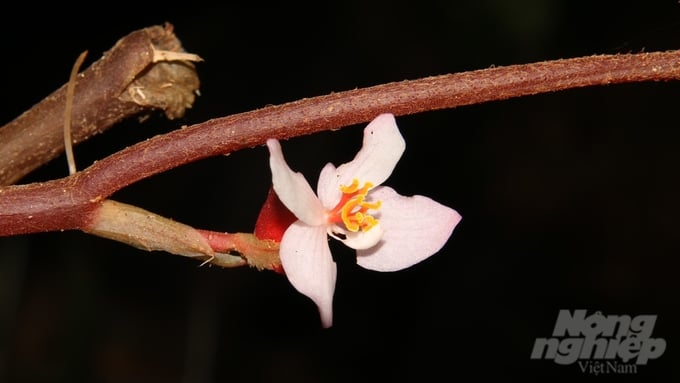
Begonia was found in Dakrong Nature Reserve in Quang Tri province. Photo: Dakrong Nature Reserve.
The project was supported by USAID through the Sustainable Forest Management and Biodiversity Conservation (VFBC) project. It involved collaboration between scientists from the Institute of Ecology and Biological Resources (IEBR), the Forest Inventory and Planning Institute, and Dakrong Nature Reserve staff.
The species was found growing primarily on granite slopes along streams in the reserve. As an endemic species to Vietnam, Begonia laxiflora holds special value for the ecosystem of the Truong Son Mountain Range. The plant is distinguished by its long flower clusters and hairless capsules, setting it apart from other Begonia species in the region. Its discovery adds to Vietnam's botanical inventory, enriching our understanding of the biodiversity of the Central Highlands' tropical forests.
Mr. Truong Quang Trung, Director of the Dakrong Nature Reserve, emphasized, “The discovery of Begonia laxiflora demonstrates our long-term commitment to biodiversity conservation and development in this area. Dakrong is home to many unique plant species, and with proper investment, the reserve will continue to yield new scientific discoveries while protecting Vietnam's unique ecosystems.”
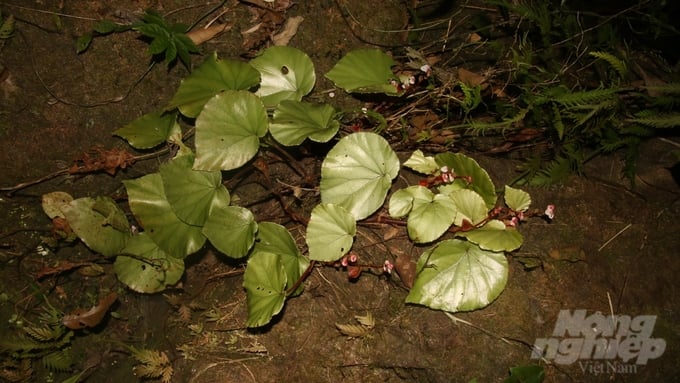
The discovery of this new species is an important addition to Vietnam's plant catalog, enhancing our understanding of the rich biodiversity in the central tropical forest region. Photo: Dakrong Nature Reserve, Quang Tri province.
Ms. Annie Wallace, Director of Office of Climate Change, Energy, and Environment/USAID Viet Nam, highlighted the discovery as evidence of successful collaboration with the Ministry of Agriculture and Rural Development and provincial governments in improving conservation efforts.
Mr. Nick Cox, Chief of Party, USAID Biodiversity Conservation project, WWF noted the high likelihood of uncovering more new plant and animal species in the Truong Son region in the coming years. He stressed the importance of continued protection efforts, emphasizing the role of government and international partnerships in preserving biodiversity for future generations.
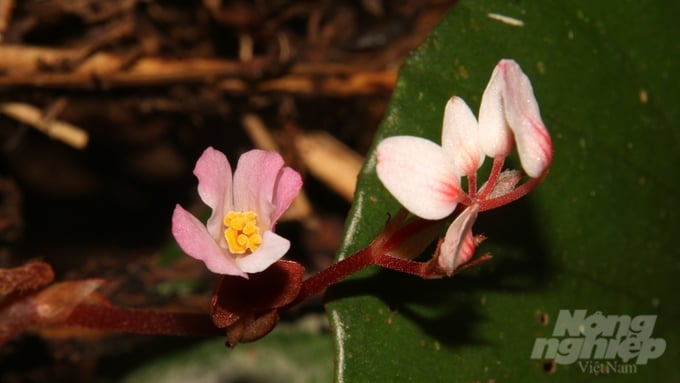
The conservation of rare plant species, in the context of climate change and biodiversity loss, is a crucial step toward preserving global ecosystems. Photo: Dakrong Nature Reserve, Quang Tri province.
The discovery of Begonia laxiflora underscores the critical importance of protecting rare plant species in the face of climate change and declining biodiversity. It serves as a milestone in Vietnam’s efforts to safeguard its unique ecosystems and contribute to global biodiversity conservation. Additionally, it raises public awareness about the need to protect nature and preserve rare plant species, aligning with sustainable development goals amid global environmental challenges.
Translated by Kieu Chi

(VAN) Veterinary training should focus on quality, not just quantity. Veterinarians also need more options to pursue specialized training.
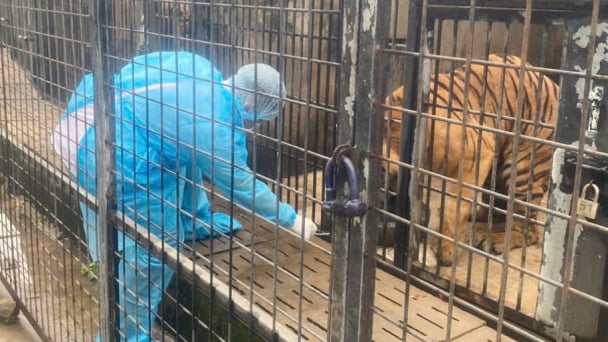
(VAN) The veterinary industry needs to be viewed objectively and further invested in to properly demonstrate its role and importance in the new context.

(VAN) The number of veterinarians graduating each year is not enough to meet actual needs, hence a difficult problem for the growing livestock industry.
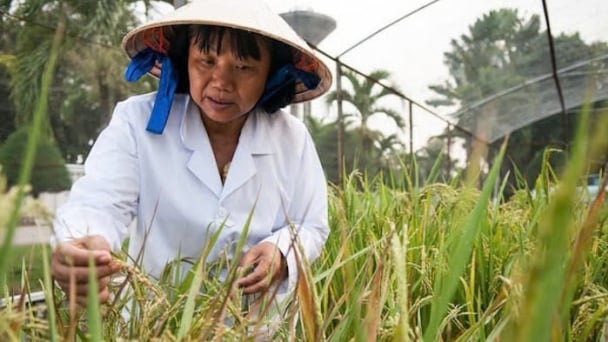
(VAN) The strategic partnership between Cambodia, the Philippines, Vietnam, and CGIAR ensures that innovative solutions effectively address national priorities for food system development.
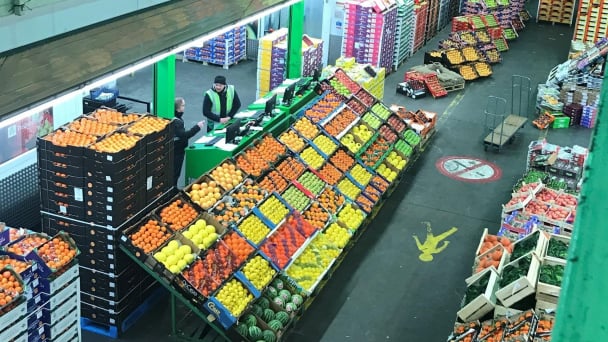
(VAN) This was affirmed by the UK Minister of State at the Department for Environment, Food and Rural Affairs during a working session with Deputy Minister Tran Thanh Nam on May 13.
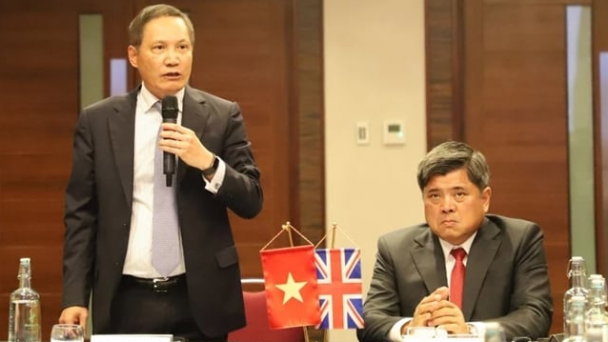
(VAN) On May 13, the Ministry of Agriculture and Environment, in coordination with the Embassy of Vietnam in the United Kingdom, organized a seminar titled 'Connecting trade in Vietnam-UK agricultural, forestry, and fishery products'.
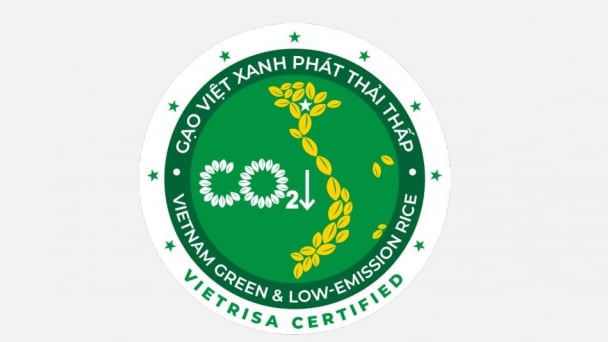
(VAN) The launch of the Vietnam green and low-emission rice brand is a positive signal for both businesses and farmers, marking readiness to reach new heights in the global market.